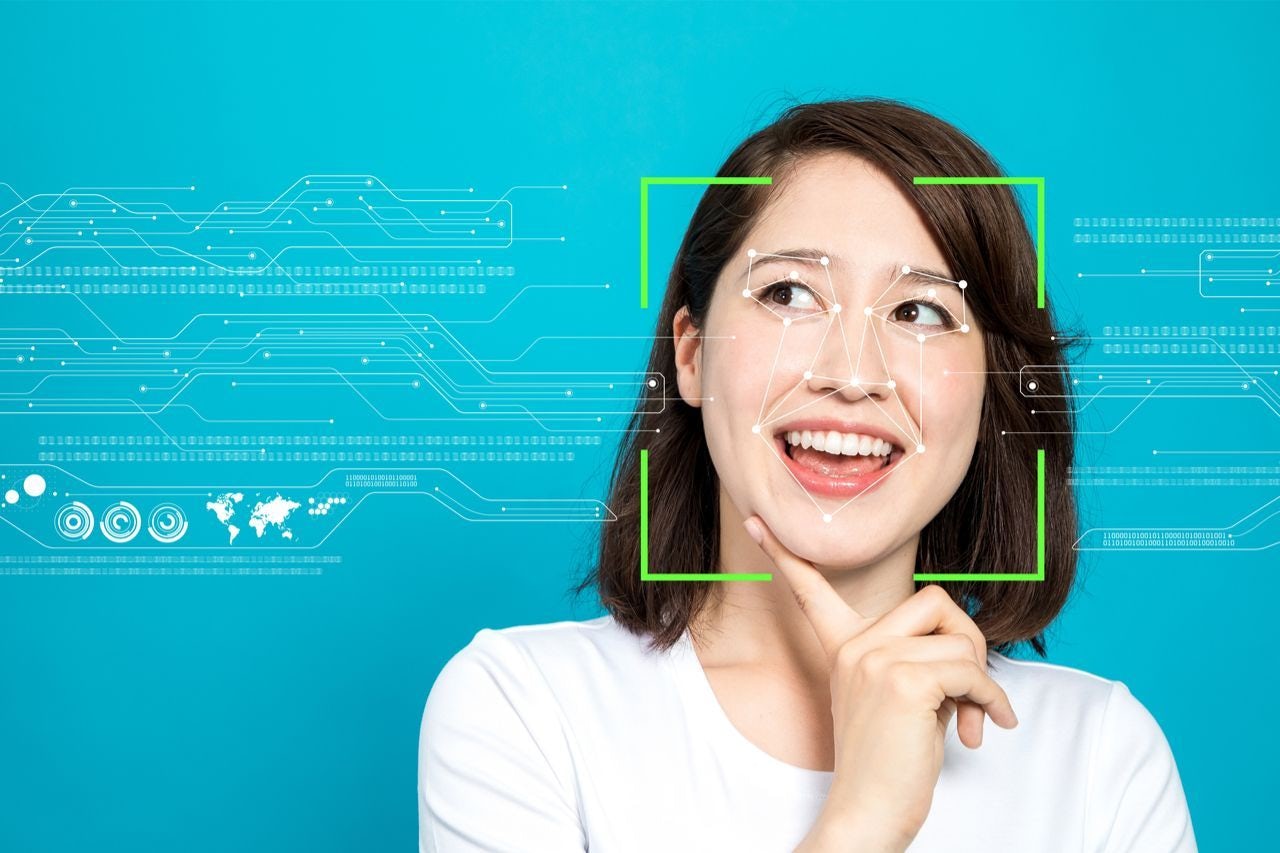The Fourth Industrial Revolution we’re currently in has helped Chinese e-commerce giants to quickly adopt sustainable practices. These disruptive technologies have eased the pollution footprint and led to waste reduction while enhancing productivity and sustainability. But most Chinese SMEs don’t have the technological and financial resources of Alibaba or JD.com, so their ethical positioning gets neglected while they ignore potentially sustainable business models. But since pro-environmental behavior is almost unanimously rewarded by the public, more and more businesses are giving it a try despite the challenges.
Here are some of the cutting-edge technologies that help create ethical brands and are making retail more sustainable.
Big data#
According to D!gitalist Magazine, big data “is playing a key role in China by helping the government establish and monitor national regulatory frameworks and compliance guidelines.”
D!gitalist highlights how China’s Institute of Public & Environmental Affairs (IPE) collects and analyzes environmental information from different government sources, and through its mobile app, “Blue Map,” that data is used to assist green initiatives and facilitate green finance.
The Green Choice Alliance — initiated by IPE with 20 other NGOs — has pushed several global companies to adopt a more sustainable supply chain. Among the multinational companies engaged by the Green Choice Alliance are Apple, Levi’s, Nike, Target, and Walmart. Skoll reports that since participating in the alliance, Apple has corrected its internal practices by pressing for supplier responsibility progress.
Artificial intelligence#
The management company Li & Fung is building the supply chain of the future by employing AI solutions, big data, and 3-D product design. But these disruptive technologies are also creating a more sustainable supply chain where carbon emissions and waste are significantly reduced, and natural resources are safeguarded. Li& Fung’s efforts to optimize the environmental footprint were recognized with the Award for Sustainability Excellence at the 2019 Hong Kong Corporate Governance Excellence Awards.
Another company using the power of AI to build a more sustainable retail industry is Bunny Yan’s Squirrelz. According to Dr. Mei Wang, who leads the China Bridge Global Program for Accenture Ventures, Squirrelz “connects designers throughout an AI-powered marketplace” and allows them to find fresh life for leftover and promotional merchandise from brands or projects. Essentially, Squirrelz transforms “marketing or production waste into exciting retail and marketing opportunities.”
Alibaba is also creating a greener and more sustainable future, thanks to the use of AI technologies. In 2018, Jack Ma announced the release of his “new manufacturing model,” which brings Alibaba’s retail management platform Tao, Alibaba Cloud’s IoT team, and over 200 garment factories together. Through the new process, AI is used to collect data and monitor the statuses of production lines in real-time. This process reduces waste and carbon emissions and also helps retailers understand what customers really want.
5G rollout#
According to Ernst & Young, the Chinese government has developed policies under its national strategy (including the 13th Five-Year Plan and Made in China 2025) to support and encourage industry-wide R&D and strive for 5G commercialization in 2020. Even back in 2017, Li Keqiang highlighted in a government work report that 5G was an emerging industry that was going to be accelerated.
All major e-commerce players are deploying 5G technology, and the rollout will create a more sustainable future by reducing emissions and optimizing energy use.
Automation#
JD.com is a leader in sustainability. From working with NGOs and the United Nations Development Program to addressing waste and pollution across the entire consumption process and tackling e-commerce package waste to vehicle conversions, everything that JD does shows the company’s commitment toward sustainable goals.
Through automation, JD is also building a more sustainable future. Its fully-automated warehouse in Shanghai and its automated “last-mile” drone deliveries have generated significant environmental improvements. In fact, JD’s green vision is upgrading the resource-use efficiency by slashing non-CO2 greenhouse gas (GHG) emissions.
Other technologies, such as blockchain and AR-powered “smart” mirrors and fitting rooms, also aim to make retail more environmentally friendly.
For what is worth, many still debate the use of blockchain. Some critics argue that blockchain’s energy use is extremely high, and thus, the technology has adverse outcomes for the environment. However, blockchain fans argue that “most calculations related to blockchain’s energy use focus solely on bitcoin, and its algorithm SHA-256.” Consequently, both the impact of cryptocurrencies on the environment and the elimination of paper currency are still under review.
On the other hand, AR-powered “smart” mirrors and fitting rooms are great for showcasing products that haven’t been manufactured yet. This way, retailers know what customers want and can create highly-customized offers without storing outrageous amounts of stock in warehouses.
China has learned from past environmental tragedies and is currently stepping up its efforts to safeguard the environment, with President Xi Jinping calling for an “ecological civilization” at the 19th National Congress of the Communist Party of China. This attitude has led some to argue that Beijing is enthusiastically claiming global environmental leadership at a time when the Trump administration has withdrawn the US from the Paris Climate Agreement.
It’s still too soon to tell if this is a temporary attitude or an ambitious long-term strategy to positively affect global greenhouse gas emissions transforming China into an earth champion. But for now, we can at least acknowledge that many new technologies developed in China are driving sustainable business initiatives in the supply chain that also safeguard the environment.

